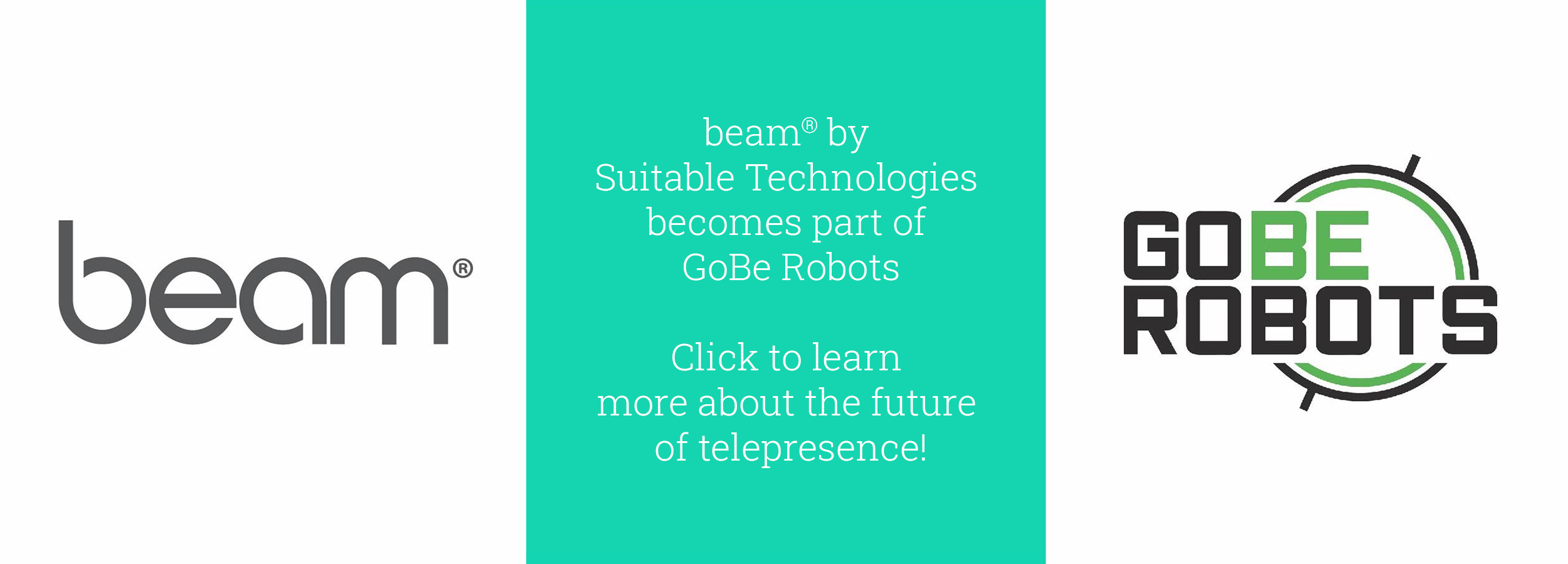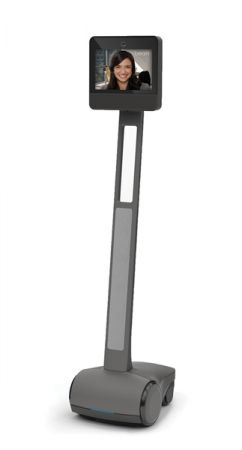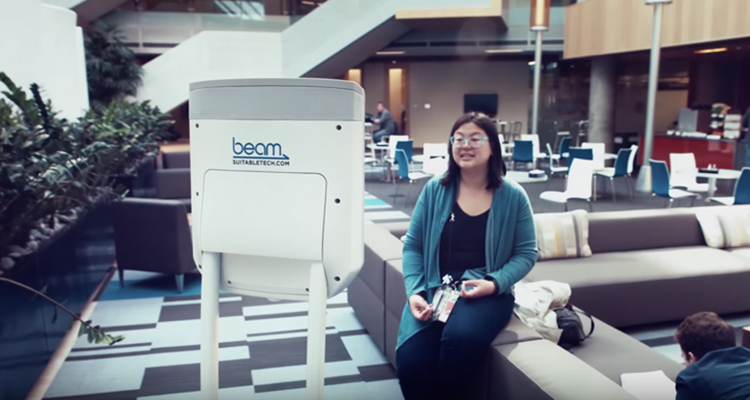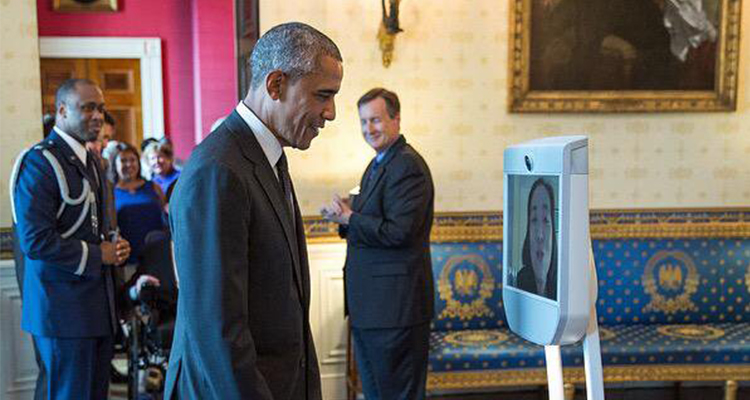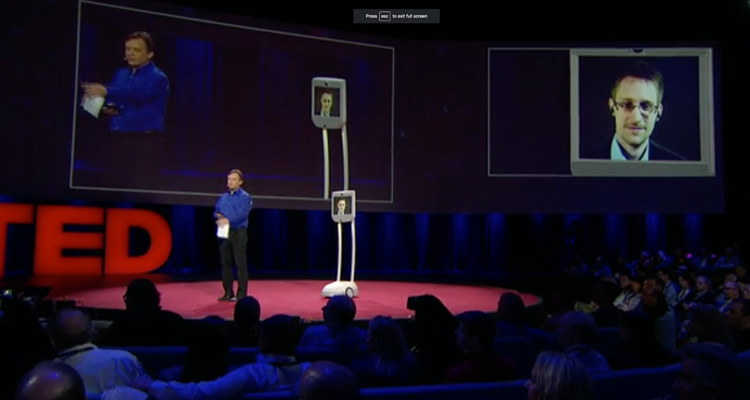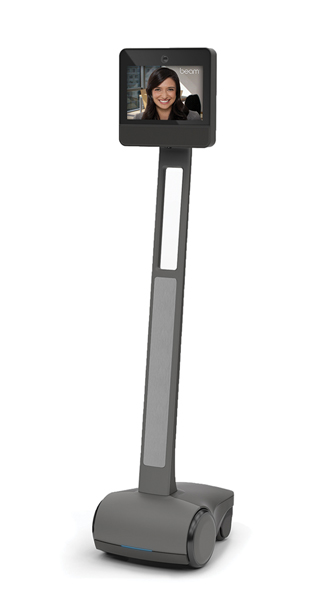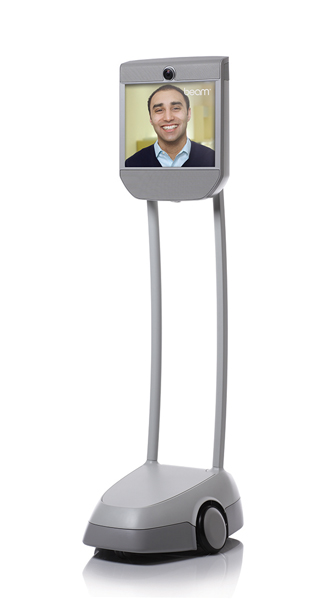With new developments in health technology every day, it can be hard to keep up. Incremental or groundbreaking, we’re always excited to see how each addition to medical technology is innovating antiquated practices and shaping the future of healthcare.
Virtual Reality Training
We love to play with virtual reality glasses and games -- but VR is logically a perfect tool for healthcare professionals, too. Using VR to plan and practice a complicated surgery could end up saving hundreds of thousands of lives a year, in addition to cutting costs. For example, when they pair an Oculus VR headset with Surgical Theater software, doctors can plot out intricate surgeries and even train others to improve technique.
Operating theaters are chock-full of technology these days. Ed Bradley, a professor of surgery at Florida State University, says that “4K cameras and robotic systems have become nearly as important as anesthesia and sterile practices when performing minimally invasive surgery.” And VR technology plays a continued role in rehab; Duke University is using a VR exoskeleton with so much success that, in some cases, it can reverse some paralysis. Robot skeletons have come such a long way -- in such a short time -- that patients using CYBERDYNE’s HAL device (Hybrid Assistive Limb) can stand, walk and use their arms.
Physical Therapy
Athletes use tech in physical therapy on a daily basis. NormaTech makes sleeves that can be placed on any body part to compress muscles from the extremities in toward the core. A “virtual masseuse,” the device helps aid in faster healing, better training and better performance.
How about motion tracking for post-operative recovery? “Virtual rehabilitation” uses 3D camera technology to assess how well (or not) a patient is doing with his or her prescribed therapy. Doing away with long, written out instructions, motion tracking provides patients with a fully dimensional avatar to demonstrate the correct way to do a particular motion or exercise, and can also give the patient feedback about how well she or he is doing. The technology records the session, so clinicians can virtually evaluate progress. While the applications are broad and include faster, more efficient recoveries and significant savings (cost, time, travel, etc.) the best part about motion tracking is that it allows patients to recover at home. We applaud any innovation that allows people to recover in the comfort of their own personalized healthcare setting.
We salute those scientists, researchers, and engineers who are taking pages from yesterday’s science fiction to create today’s practical and impressive reality.

